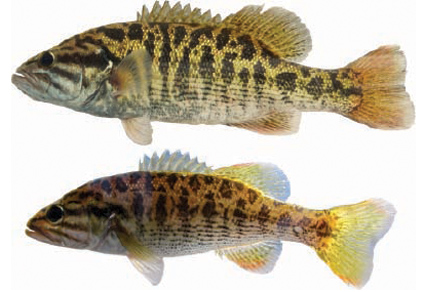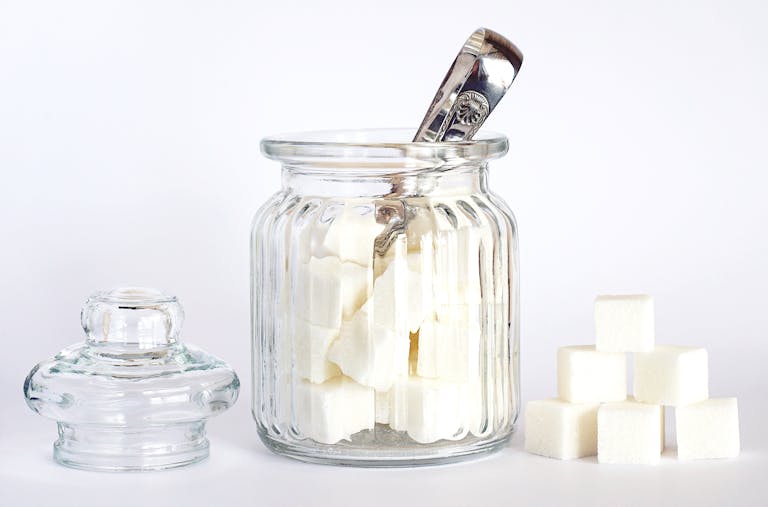Fungi Are Quietly Eating Away the Historic USS Cairo: What Scientists Found and Why It Matters

The USS Cairo, one of the earliest ironclad warships of the American Civil War, is in trouble again—but this time, not from torpedoes or cannon fire. Researchers from the University of Minnesota have discovered that the wooden remains of the famous gunboat are undergoing advanced fungal decay, despite several past preservation efforts. Their findings reveal that even protected heritage artifacts can be vulnerable when nature—and time—decide to fight back.
The Story Behind the USS Cairo
Built in 1861, the USS Cairo was part of the Union’s “City-class” fleet of ironclads, designed to patrol and dominate the Mississippi River system. It was steam-powered, armored with iron plating, and represented cutting-edge military technology for its time.
In December 1862, the Cairo struck a Confederate torpedo (a submerged mine) while on patrol in the Yazoo River, Mississippi, and sank within minutes. It stayed buried under river sediment for nearly a century before being rediscovered and recovered in the 1960s.
Today, the remains of the ship are displayed at the Vicksburg National Military Park in Mississippi, sheltered under a canopy but still exposed to the environment. Over the years, the combination of humidity, temperature fluctuations, and outdoor exposure has taken a severe toll on the vessel’s wooden structure.
What the Researchers Investigated
Led by Professor Robert Blanchette from the University of Minnesota’s College of Food, Agricultural and Natural Resource Sciences, the team included Claudia Chemello and Paul Mardikian from Terra Mare Conservation, working with the U.S. National Park Service. Their mission was simple but critical: find out how the ship’s wood is degrading and which organisms are responsible.
They collected 67 wood samples from different areas of the ship to analyze under microscopes and through elemental testing. These methods helped them understand both the physical condition of the wood and the chemical residues left from previous preservation efforts.
Advanced Decay and What’s Behind It
The results were alarming. Severe decay was detected throughout the ship. Microscopic analysis revealed cracks, voids, and cell-wall erosion in many samples, indicating that fungi have been slowly digesting the wood’s structure for years.
The researchers identified multiple types of wood rot, including:
- Soft rot fungi (Type I and Type II): These create cavities or erode the inner structure of the wood, particularly in damp conditions.
- White rot fungi: Known for their ability to digest lignin, the substance that gives wood its rigidity.
- Brown rot fungi: Although no living samples were found, the wood still showed signs of previous brown rot, suggesting it had occurred long ago, possibly before preservation treatments were applied.
The variety of fungi was surprising. DNA analysis revealed a large and diverse population living inside the timbers. Even more concerning, many of these fungal species appeared tolerant of the wood preservatives that had been used decades ago to protect the ship.
The Chemistry of a Century-Old Problem
Elemental testing provided more insight. The researchers found traces of metals like iron and copper, as well as boron compounds—all indicators of earlier preservation attempts. These substances were once thought to deter decay, but they may have influenced which microorganisms survived.
Some fungi are naturally resistant to metals and chemical treatments. Over time, these tough species become dominant, effectively creating a fungal ecosystem adapted to toxic environments. This discovery means that traditional preservation compounds might not be enough to protect historic artifacts exposed to changing conditions.
Why Preservation Treatments Alone Aren’t Working
Despite the careful chemical treatments applied after recovery, the USS Cairo continues to deteriorate because the environment around it hasn’t been fully controlled. The ship’s display area is covered by a canopy, but it remains open to humidity, rain, insects, and temperature shifts.
According to the research team, the key problem is moisture. Fungi thrive when wood stays damp. Even small fluctuations in humidity can trigger microbial activity that slowly eats away at the cellulose and lignin inside the timber.
To stop this, the scientists recommend building a fully enclosed, climate-controlled structure around the Cairo. Such a system would regulate both humidity and temperature, keeping conditions consistently dry enough to halt fungal growth. Without this change, the ship will continue to weaken and could eventually become structurally unstable.
Understanding Fungal Decay in Historic Artifacts
The case of the USS Cairo illustrates a broader truth about heritage conservation. Once wood has been submerged underwater for decades, its physical structure changes. When it is later exposed to air, oxygen and microbes rush in, creating the perfect conditions for decay.
Soft rot fungi, for example, can tolerate high moisture levels and even chemical inhibitors. These organisms are common in marine archaeological finds, such as old shipwrecks, piers, and submerged buildings. Over time, they can turn sturdy oak or pine into fragile, sponge-like material that crumbles under stress.
White rot fungi are another major culprit. They consume lignin, which holds wood fibers together. When lignin is degraded, the wood loses its stiffness and becomes fibrous or stringy. Together, soft rot and white rot can reduce the mechanical strength of timber by more than 80 %.
Understanding these processes isn’t just about preserving a single ship. It helps conservators around the world design better strategies for other historic vessels, including those displayed in museums or kept in open-air environments.
Lessons for Future Preservation Efforts
The USS Cairo’s condition highlights how important environmental control is in long-term conservation. Chemical treatments may slow decay, but they cannot stop fungi that adapt and evolve. Instead, stable physical conditions—low humidity, limited temperature variation, and minimal exposure to pollutants—are the most reliable defense.
The study also encourages researchers to learn more about the biology and ecology of preservative-tolerant fungi. Some of these organisms may carry genes that allow them to metabolize or neutralize preservation chemicals. If scientists can understand those mechanisms, it might be possible to design new conservation materials that fungi can’t easily overcome.
For now, the next step for the USS Cairo should be clear: build an indoor, climate-controlled enclosure that isolates the ship from moisture and airborne contaminants. Such structures are already being used successfully in the preservation of wooden ships like the Swedish warship Vasa and the Mary Rose in England—both of which faced similar microbial challenges after being raised from underwater.
Why the USS Cairo Still Matters
Beyond the science, the USS Cairo remains an iconic reminder of America’s Civil War innovation and industrial progress. It was among the first vessels to combine steam power and iron armor, revolutionizing naval warfare. Losing it to slow fungal decay would mean losing a physical connection to that transformative period in history.
The new findings by the University of Minnesota and their collaborators serve as both a warning and a guide. They show how delicate recovered artifacts truly are—and how much ongoing care is needed to preserve them for future generations.
Research Reference:
Evaluation of Wood Decay and Identification of Fungi Found in the USS Cairo, a Historic American Civil War Ironclad Gunboat (Journal of Fungi, 2025)





